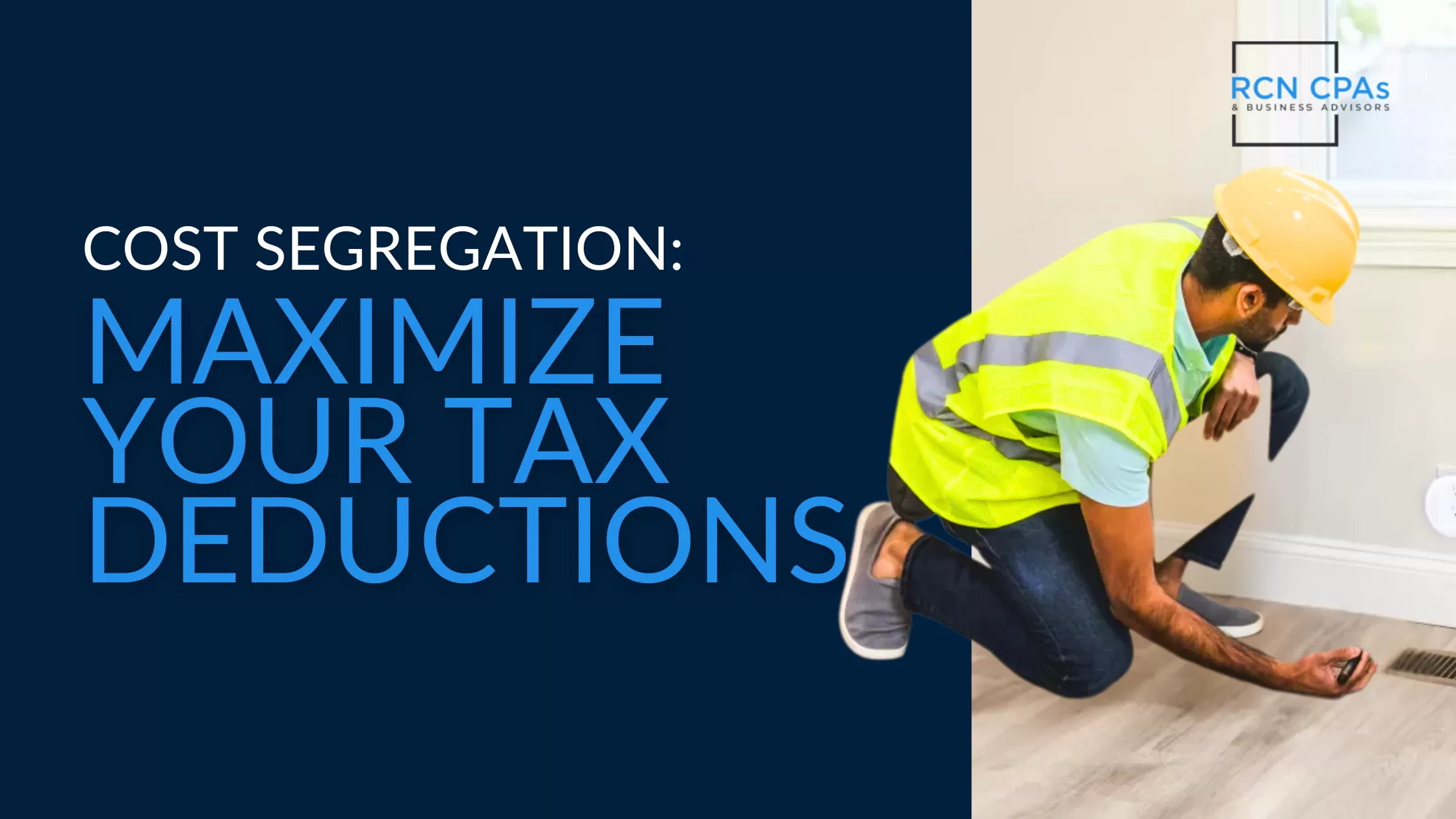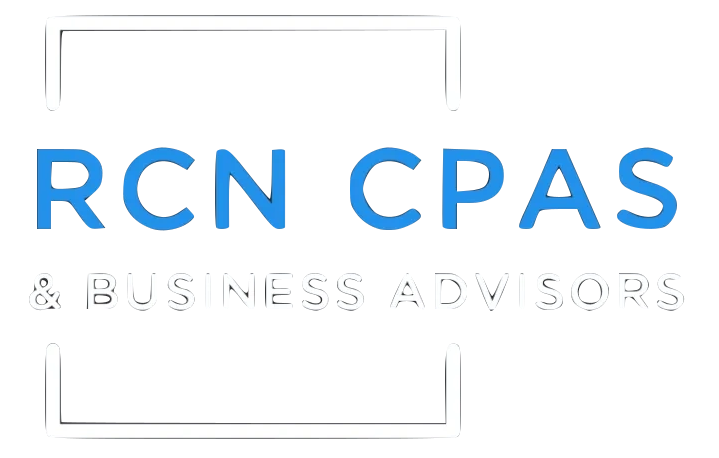What Small Business Owners Need to Know About Cost Segregation and Depreciation

Did you know that 90% of commercial property owners overpay on their taxes because they don’t take advantage of cost segregation? If you’re a small business owner, that could mean leaving thousands of dollars on the table every year.
The good news? It doesn’t have to be that way. Cost segregation might sound like a complicated accounting term, but it’s actually a straightforward strategy that helps you write off parts of your building faster. By doing so, you can reduce your tax bill, improve cash flow, and put that money back where it belongs—into growing your business.
What is Cost Segregation?
Normally, when you buy, build, or renovate a property, the IRS makes you spread out the tax deduction over decades—27.5 years for residential rentals and 39 years for commercial buildings. That’s a long time to wait to fully write off your investment.
Cost segregation speeds things up. Instead of treating the entire property as one big asset, it breaks it down into separate parts. Some of those parts—like carpeting, lighting, HVAC systems, or even parking lots—can be depreciated much faster, over 5, 7, or 15 years instead of nearly 40.
Here are a few examples of what often qualifies:
- Flooring and carpeting
- Lighting fixtures
- HVAC systems
- Specialized electrical or plumbing
- Parking lots and landscaping
The result? Bigger tax deductions sooner. By front-loading depreciation, you reduce taxable income in the early years of ownership and free up more cash flow right away—money you can use to reinvest in your business.
Why Cost Segregation is a Win for Businesses
Here’s why smart business owners love it:
- More cash flow today – You get bigger tax deductions upfront, leaving you with more money to reinvest.
- Tax deferral – You push off paying taxes now and use that money to grow your business instead.
- Better return on investment – If you spent money on property or renovations, you’ll see your after-tax ROI improve.
- Flexibility – Extra cash can go toward hiring staff, upgrading equipment, or boosting marketing.
- Catch-up opportunities – Even if you didn’t use cost segregation before, you can often go back and claim missed deductions with a “look-back study.”
How the Cost Segregation Study Works
Now, this isn’t something you just estimate on your own. It’s a formal process:
- Property review – A specialist (usually an engineer and tax expert) looks at your building.
- Paperwork check – They’ll go through invoices, blueprints, and construction records.
- Site visit – A walk-through helps identify items that qualify for faster depreciation.
- Detailed report – You’ll get an IRS-compliant report with categories and depreciation schedules.
- Apply to taxes – Your accountant uses the report to update your tax return and grab the savings.
Think of it like a health check-up for your property—but instead of catching issues, it finds hidden tax breaks.
Is Cost Segregation Right for You?
This strategy isn’t one-size-fits-all. Here are a few quick questions to see if it makes sense:
- Do you own commercial or rental property worth at least $500,000?(Cost segregation is most beneficial for higher-value properties.)
- Have you bought, built, or renovated property recently?
- Do you plan to keep the property for a few years?
- Are you profitable enough that tax savings would make a difference?
If you’re nodding “yes” to most of these, cost segregation could be a smart move. If not, you may want to wait until your business is in a stronger spot before jumping in.
How to Get Started: Step-by-Step
Ready to explore cost segregation? Here’s the simple path forward:
- Talk to your tax pro – Don’t go it alone. Start by chatting with your accountant about your goals.
- Bring in a specialist – An engineer/tax expert combo will need to run the official study.
- Gather your documents – Collect invoices, construction records, and blueprints.
- Get the study done – They’ll analyze your property and prepare the report.
- Update your tax plan – Your accountant will plug the results into your tax return.
- Review regularly – Each time you make property improvements, check if cost segregation can help again.
Cost segregation isn’t just for large corporations—it can be a game-changer for small businesses too. By accelerating depreciation, you can reduce taxes today and boost your cash flow, giving you more room to grow and thrive.
If you’re a small business owner who owns property, now might be the perfect time to explore whether cost segregation can work for you.
👉 Need help evaluating if cost segregation is right for your business? Our team specializes in helping small business owners with tax strategies, bookkeeping, and accounting solutions that maximize savings. Contact us today to schedule a consultation.





